10 Fun Facts About Loofahs

4 minutes to read
 Loofahs are becoming a must-have in the kitchen and bathroom nowadays. With the rising demand, you're probably wondering what they are, where they come from and what's so good about them.
Loofahs are becoming a must-have in the kitchen and bathroom nowadays. With the rising demand, you're probably wondering what they are, where they come from and what's so good about them.
Loofahs (also spelt luffas) are one of nature's best skin secrets.
Read our All About Loofahs blog to learn more!
As you read on, you'll discover 10 fun facts about loofahs that will make you see this eco-friendly product in a new light.
1. Plant-Based
The loofah sponge comes from a plant, commonly known as the sponge gourd or an Egyptian cucumber - the technical term called luffa aegyptiaca. The sponge gourd can be grown up to 30 cm long. Native to South and Southeast Asia, the annual plant thrives in hot summer temperatures, requires lots of sun, water and well-drained soil. It bears small yellow flowers that grow into long, cucumber-like fruit. 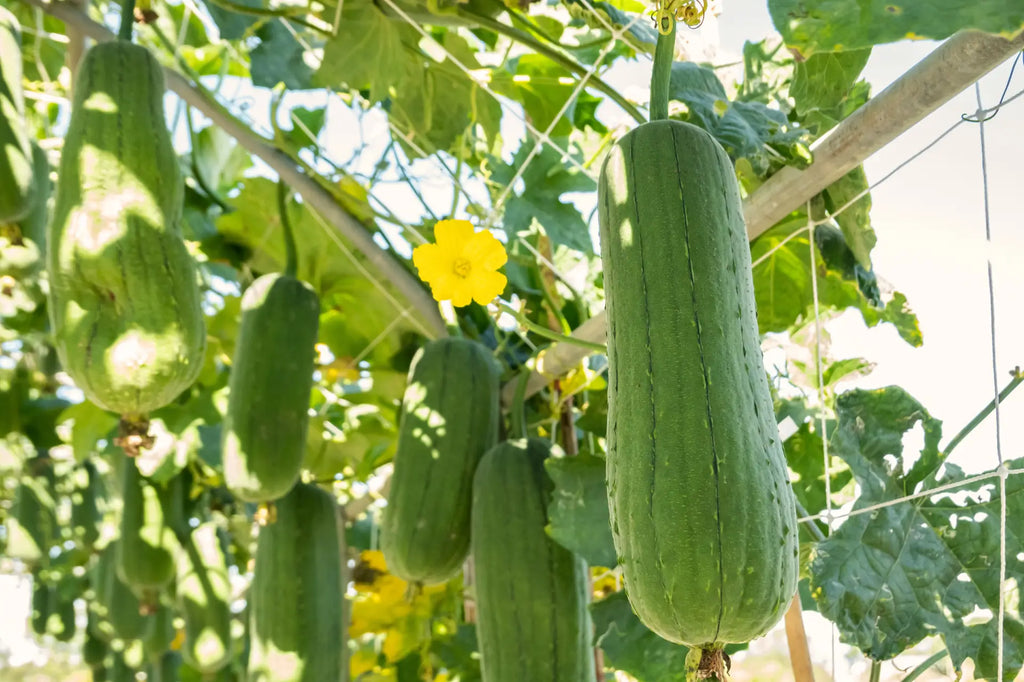
2. Edible
Apart from being made into a sponge, did you know that loofahs can be eaten too? Young loofahs can be eaten raw or cooked like summer squash. Anything under 4 inches (10cm) doesn't need to be peeled; however, from 4-6 inches (10-15cm), you may peel it as the skin can be bitter. Additionally, the small yellow flowers on the plant can also be eaten as you would squash blossoms.
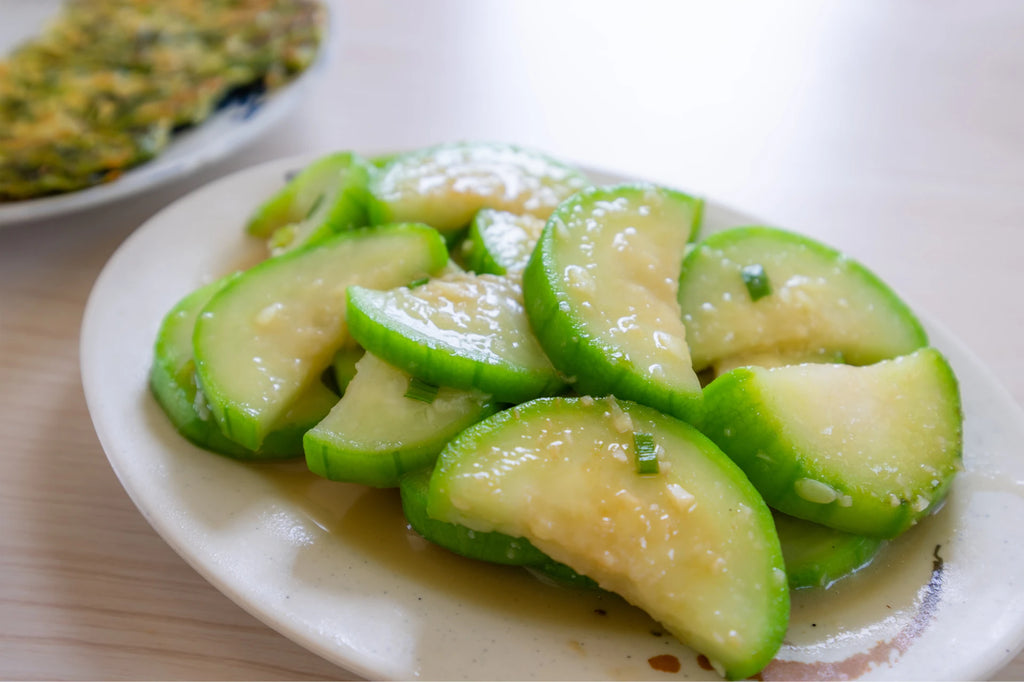
Loofahs contain various minerals, vitamins and nutrients. It's an excellent source of Vitamin A and B, carbohydrates, manganese, potassium and much more.
3. Medicinal
The loofah plant has many medicinal uses. Research shows that it serves an as anti-inflammatory agent and has anti-viral properties. Intaking loofahs by the mouth helps treat and prevent colds. It is also used for nasal swelling and sinus problems. Some use it for arthritis, muscle and chest pain. In other cases, women use loofahs to restore irregular menstrual periods and nursing mothers use them to increase milk flow.
4. Naturally Made
Luffas are a popular eco-friendly, non-plastic product that's used for cleaning and exfoliating skin. It's achieved by drying the whole mature fruit.
The process begins when the mature fruit is harvested and dried. After, they are soaked in water, peeled and de-seeded. Dried once again, sliced and cut into the desired shape and size, they are sold as sponges.
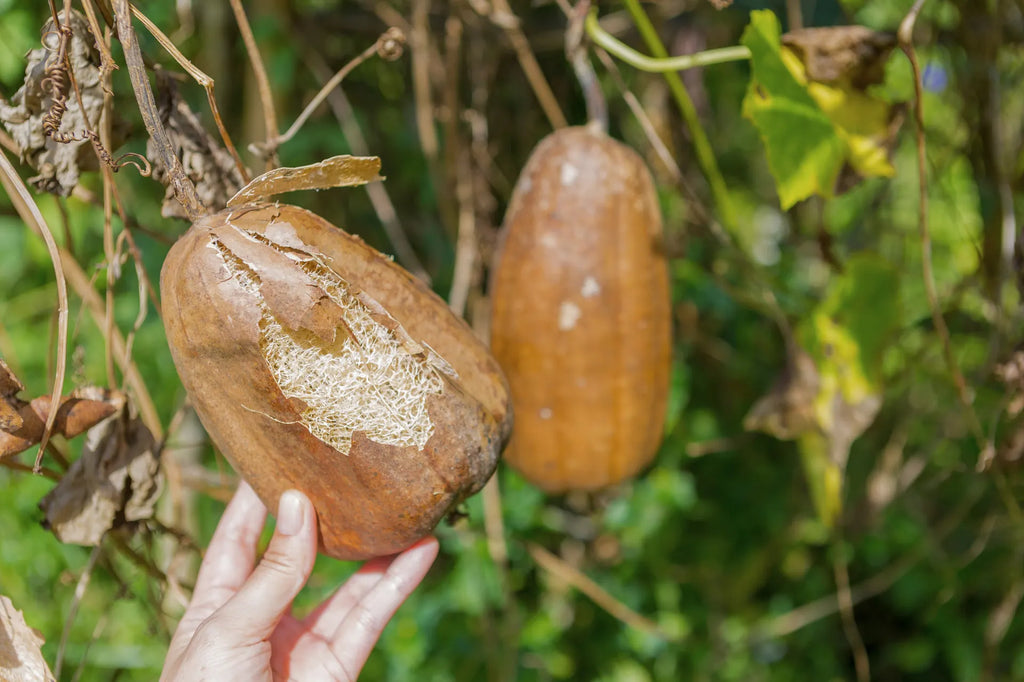
5. Vegan
Since no animal product is involved in the manufacturing process of loofahs, they are vegan. If you're considering going plant-based and vegan, switching to a loofah product is an easy way to eliminate an animal product from your life.
6. Plastic-Free
Traditional loofahs are made from synthetic materials like plastic that are gathered into looped mesh sections to form them into the fluffy balls that you see. Since loofah sponges are purely made from the gourd, it's a perfect eco-friendly alternative.

7. Biodegradable & Compostable
Since it's an all-natural product, the loofah sponge is 100% biodegradable and compostable. If you believe that your sponge or brush is getting dirty or old, you can easily toss them right into your backyard compost bin to generate compost that can be used as soil. Otherwise, you can rinse after each use, making sure all the soap is gone and let it dry completely in between uses. If it starts to produce an odour, you can sanitize it by boiling it in water.
8. Renewable Resource
Traditional bath poufs are outdated with most of them getting tossed after a short useful life and then sitting in the landfill for years beyond that. Many plastic products also end up in our water streams as microfibres from the plastic can leak down our shower drains. With loofahs, you can re-plant them annually from seed and in a couple of months, be able to harvest another set, making it such an easy resource.
9. Multi-Functional
While most use loofah sponges as a shower pad or bath poufs to clean and exfoliate the skin, you can also use them in the kitchen to wash dishes and scrub the walls and floors. The plant's tough fibres can clean tough dirt, making it one more reason why you no longer need a plastic sponge. Check out our loofah collection:
- Loofah Shower Pad
- Loofah Dishwashing Sponge
- Loofah Soap Dish Duo
- Eco Sponges
- Zero Waste Cleaning Set - Loofah Kit
10. Easy to Care
A loofah's fibrous network and a bathroom's moist environment is a breeding ground for microbes. After each use, it's best to dry completely in a cool area. Boiling it in water to kill bacteria and place away from high heat or flames.

Don't these fun facts make you love loofah even more? They're vegan, plant-based, biodegradable, compostable and easy to care for. It can be used for all sorts of things from washing your dishes to exfoliating your skin to cleaning your floors and walls. Loofahs are truly a great eco-friendly alternative to traditional plastic sponges.
What are you waiting for? Give one a try!
.

- Tags: Loofahs
2 comments
-
yvonne kemp on
I would like more info on using the loofah as an anti inflammatory and arthritis. How do you prepare it, and how do you use it and what are the doses when using it for the treatment of arthritis? Thanks


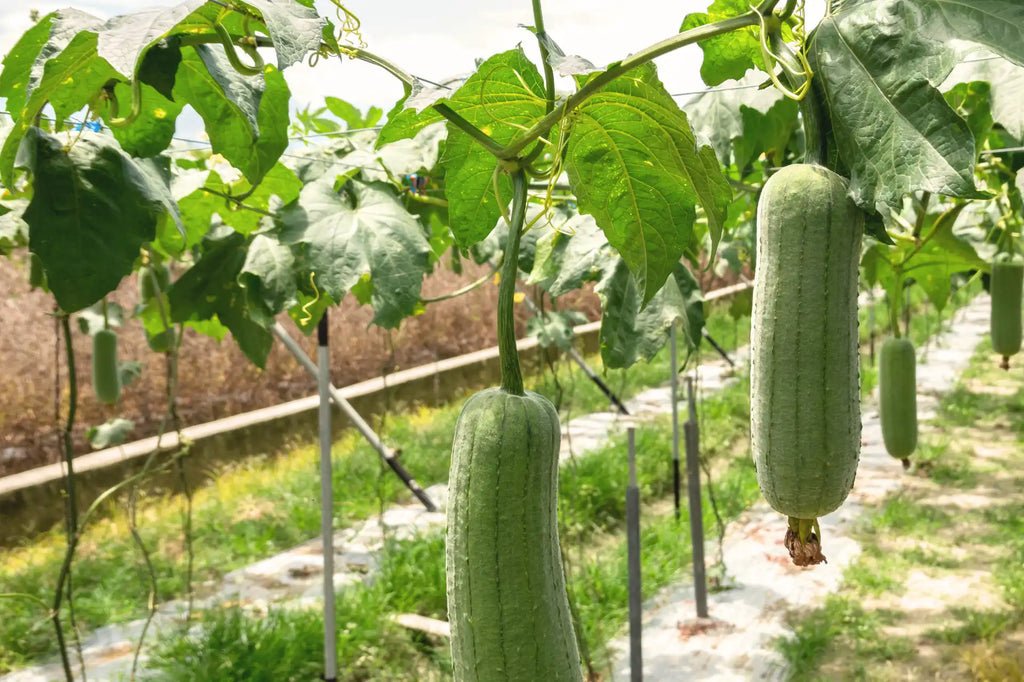

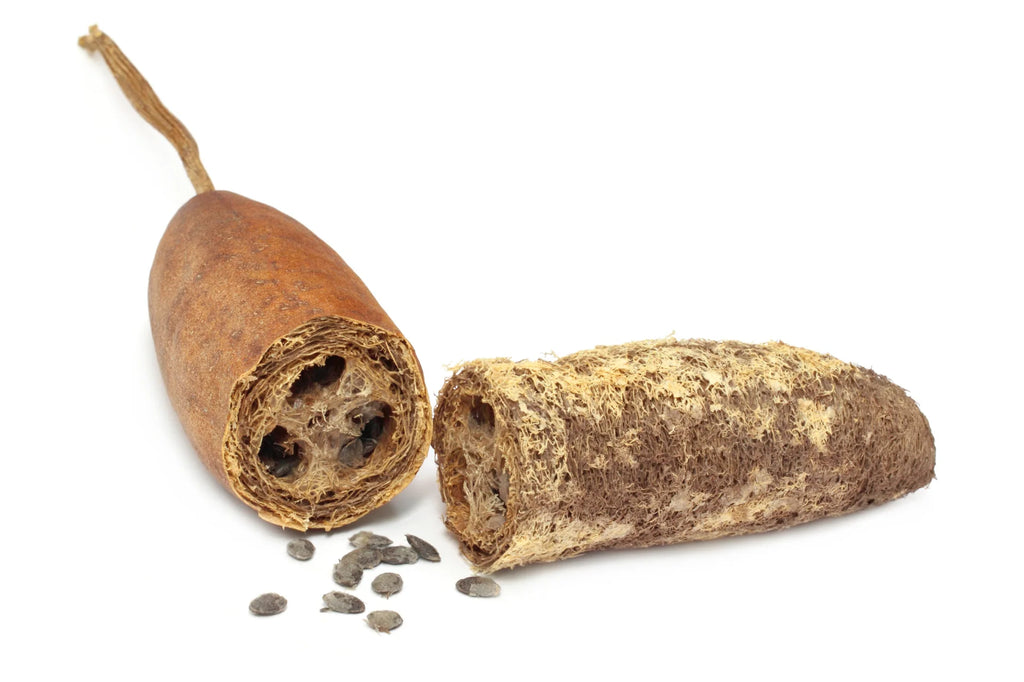
How do you use loofah for the treatment of arthritis?